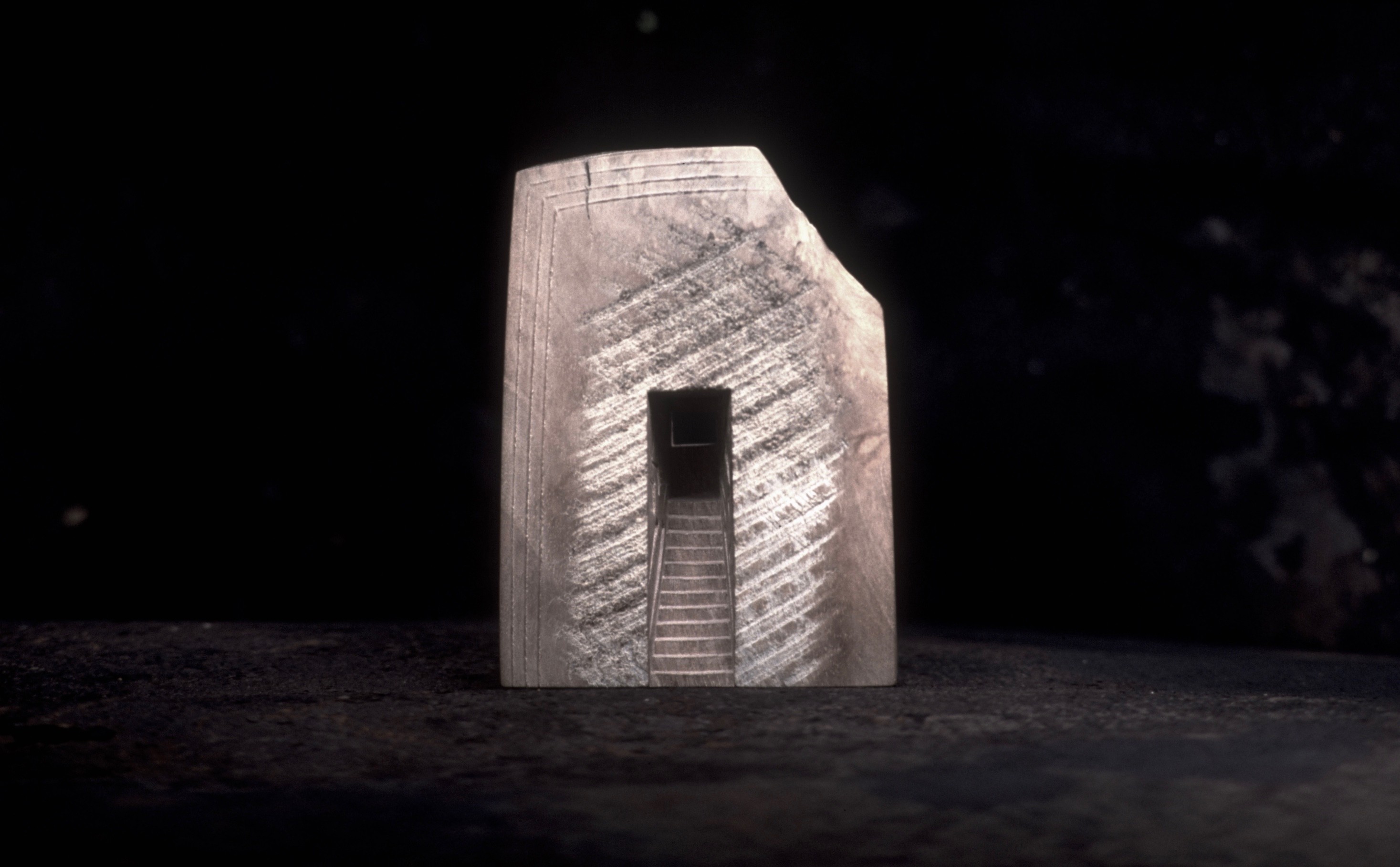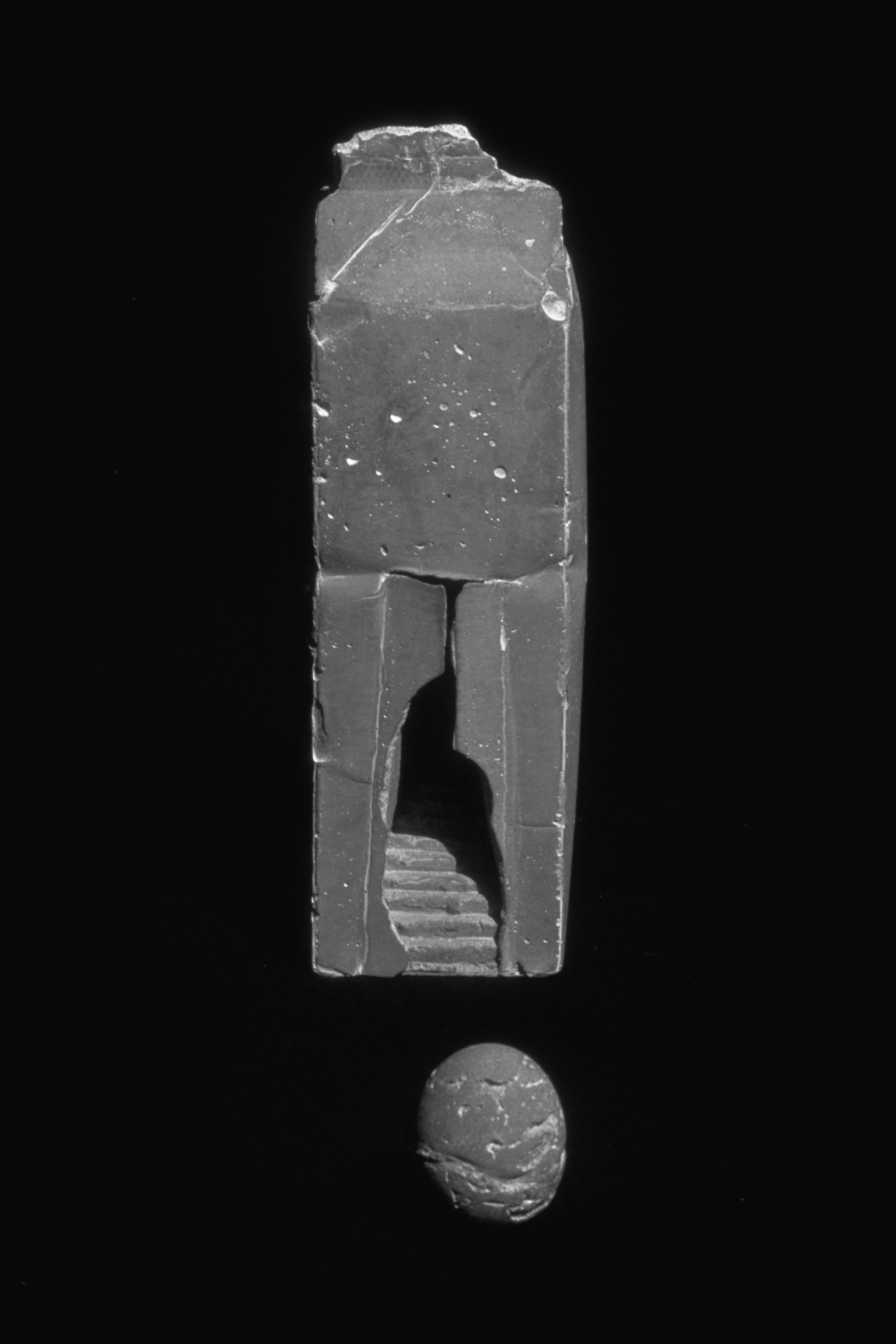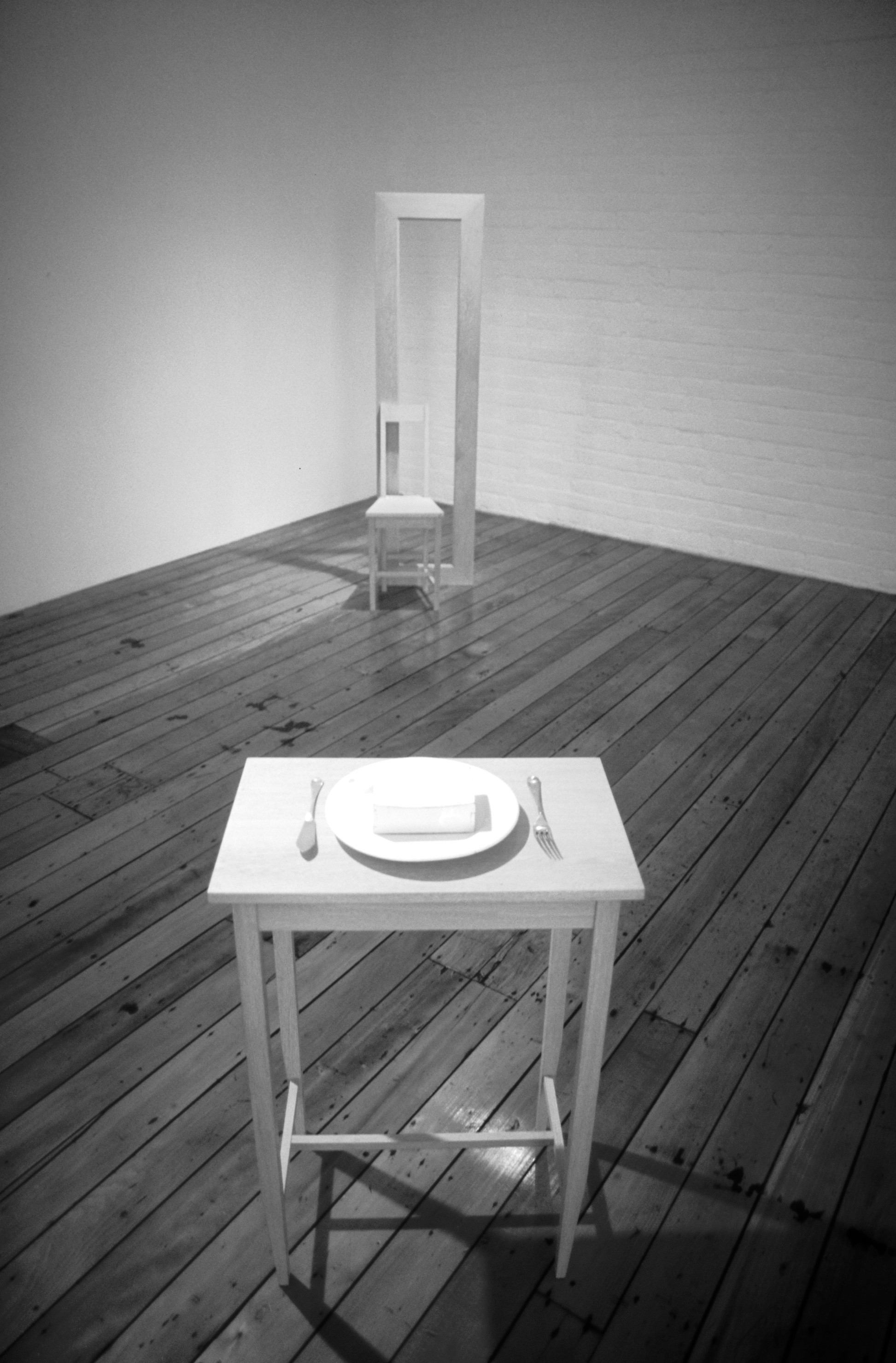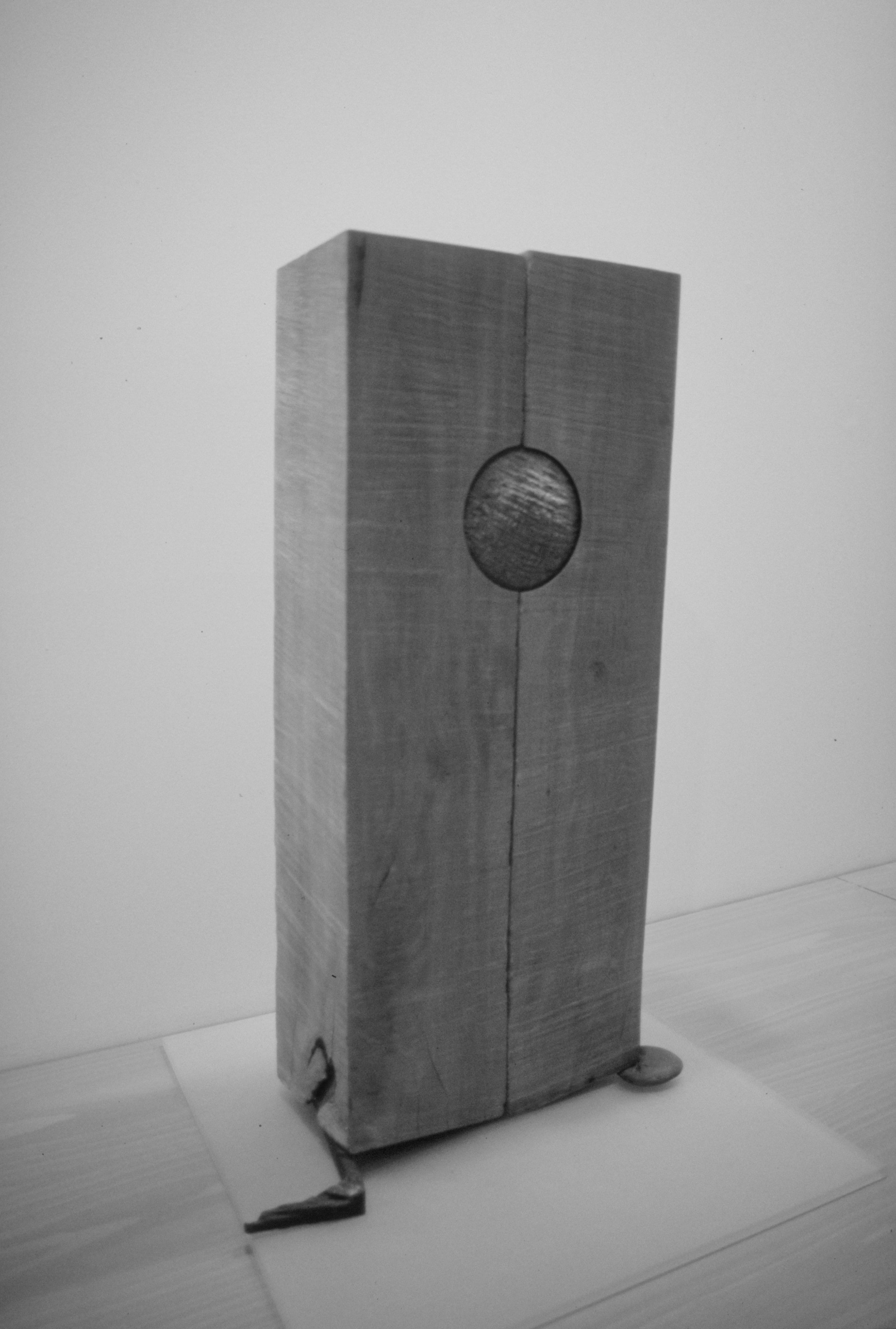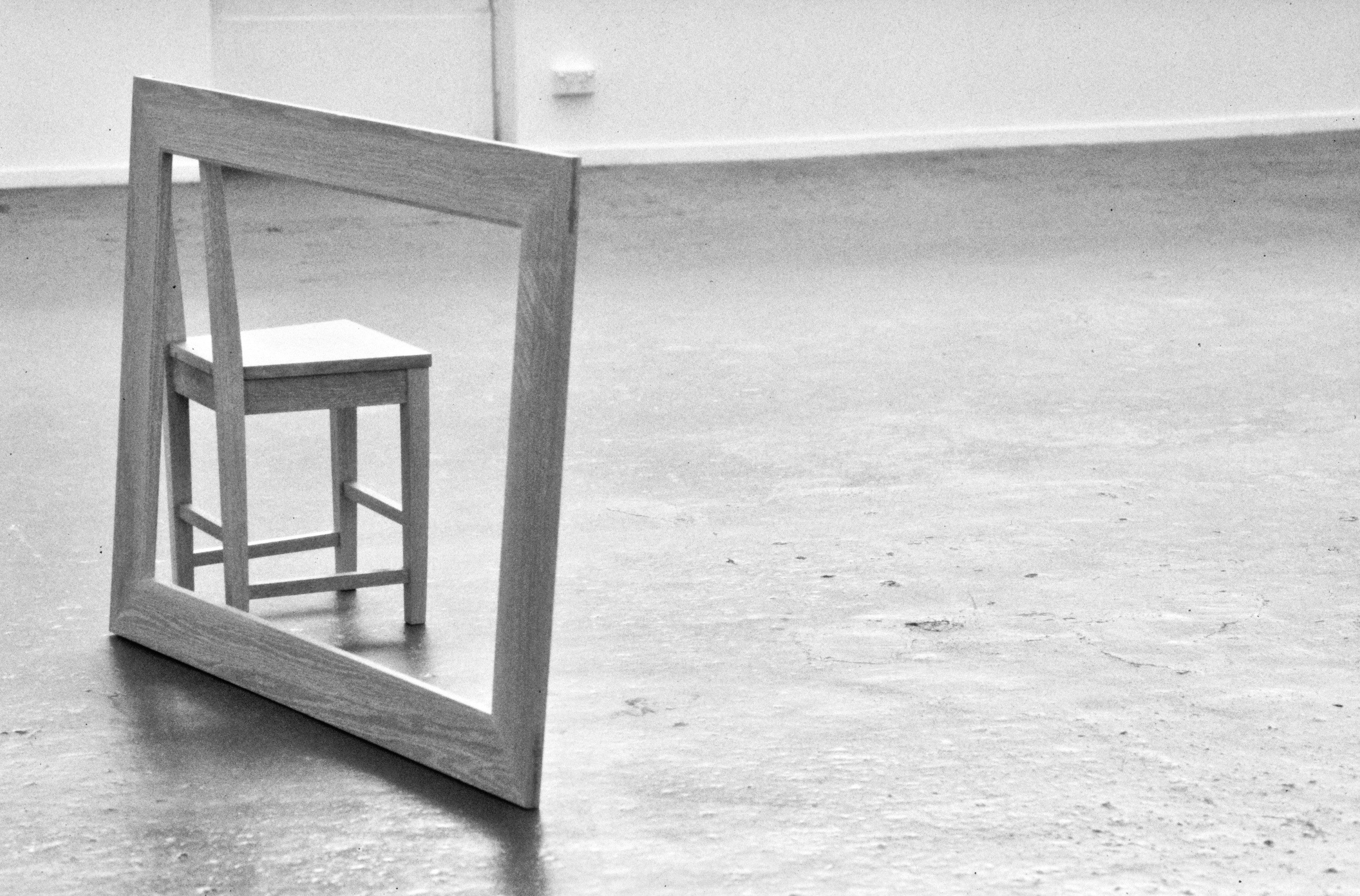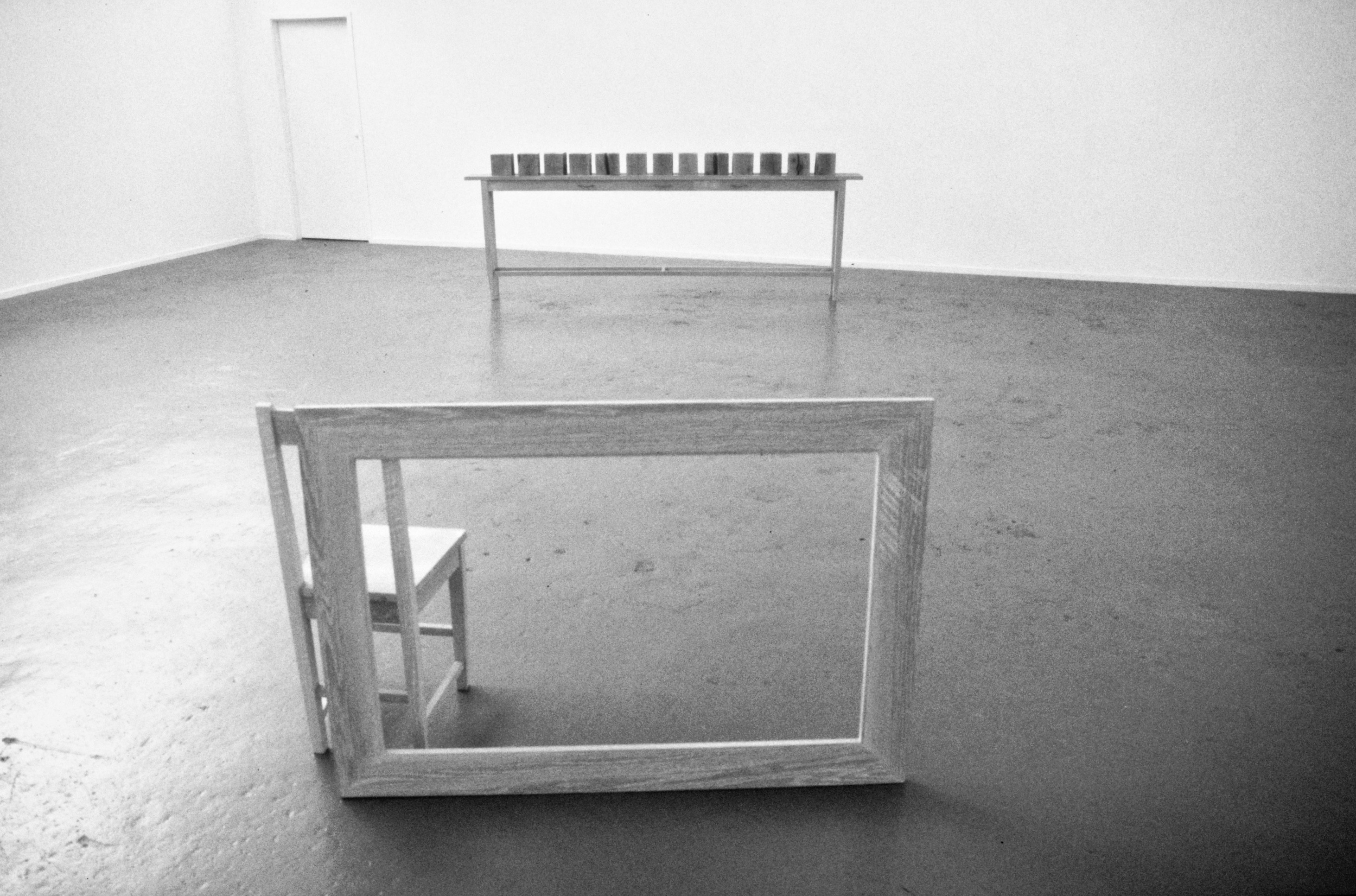INFO
| Name | Kazu Nakagawa (he/him) |
| Born | 1957 |
| Country of Birth | Japan |
| Place of Residence | Te Motu-Arai-Roa Waiheke Island, Tāmaki Makaurau Auckland |
| Ethnicities | Japanese |
| Artform | Craft/Object, Visual arts |
| Decades Active | 1990s, 2000s, 2010s, 2020s |
ABOUT
Kazu Nakagawa works and lives on Te Motu-Arai-Roa Waiheke Island. He is known for sculptures, public art and installation, created with “high standards of craftsmanship”. Trained in both Japan and Aotearoa, Nakagawa is fluid in terms of medium, working with wood in particular and often collaborating with poets, composers, filmmakers, architects, historians, designers and artists.
He established a stable way of living on the island: jogging, playing basketball, mending things and preserving fruits with the rhythm of seasons. He does not rush to create new works or new exhibitions, instead, he dedicates ample time to observe and engage with his interests.
Nakagawa describes his practice as:
finding ways I see things or seeing how I do see things. It is not about seeing through a viewfinder, but it is about a viewfinder itself, seeking how it works, so that my practice is probably … making them.
By making his own "viewfinder", he perceives details that are rich, diverse and often overlooked. Uncovering the nuanced and differentiated scenes hidden in plain sight.
Prior to spending most of his time creating, Nakagawa studied in Tokyo, while he was most interested in mathematics and languages (Japanese and English), majored in navigation and engineering in university. Due to study, he went on multiple months-long voyages across oceans — the Pacific Ocean, Indian Ocean, Antarctic Sea and so on — during his youth. It is an experience he recalls as profoundly shaping his view:
What (that) had taught me most during that time… was an immeasurable sense of space on the earth. It was only in much later years that I was able to understand such a vast volume of the blankness as opposed to a dense volume of the clutter with which we live. What was divided into simply two blank canvases by a circle of the horizon, that I now know, even here now as I go for a run in evenings through the path parting the mangrove estuary, is moana/ocean where I still feel being part of, as I breathe wind from or where I may belong to now as home.
In 1986, Nakagawa travelled to Aotearoa by container ship over a 14-day journey to “feel the distance”. After camping around the country and further apprenticing in furniture design at Carin Wilson's furniture design studio in Tāmaki Makaurau. Originally planned as a year-long trip in Oceania then back to Japan, he spontaneously settled on Waiheke Island in 1988 drowning to the environment he saw.
Nakagawa’s practice is deeply hands-on, with his work manifesting through repetitive processes. In the piece known (1995-1996), he cut 108 square blocks into spheres by feeding them repeatedly under a bandsaw. He counted each move, finding that each block requires over 4000 cuts to reach 'close enough as a sphere' to his eyes.
From 2009 to 2014, Auckland City commissioned Nakagawa to integrate his art into the Waiheke Community Library. He participated in designing a number of areas, including the Waiheke Island library’s facade, flooring and wall-linings. On the exterior of the building, hundreds of wave-like wood battens are lined up, creating moving strips of light and shadow throughout the day. The sentence “lots of rain, lots of sun, lots of wind, lots of day, lots of night” is carved along the wood edge. This work, 49 letters (2013), named from the number of characters being cut out, is the primary part of Nakagawa’s intervention of the library.
On the library’s concrete floor, the phrase “wind land hau whenua” is etched; the text is sandblasted a few millimetres into the surface using a metal stencil. Following the actual trace of how the wind comes from the main-land, across the ocean, through the entrance, to the library, and into the courtyard, the sentence flows in the pattern of a visualised swirl of wind. One sentence on top of each other, painting an abstract portrait of the windy island.
Nakagawa incorporates inseparable ephemeral elements of nature like wind, light and shadows in his work. At the same time, the intensive physical engagement of carving textured the letters with something more than its depiction:
I wanted people to see that someone’s hands [were there] to carve. It was, of course, nothing like the beautiful dancing, of movement of hand or body with brush, but perching on the scaffold with chisel and hammer in the rain, sun and wind through winter.” A sense of evolving presence that interacts with time and place.
It took Nakagawa over 4 months to complete the exterior carving. Through repetition, through learning how to deal with boredom, through the time spent: “a thing called art simply exist as we make.”
The Japanese concept of ‘Ma 間’ is often mentioned by critics and people who are familiar with Nakagawa’s works. It refers to an interval, an empty space that makes visibles visible, a gap for things to happen and grow, meaning is shaped by what surrounds it.
When I work… things (are always) blur... A moment becomes endless. It is actually a process of simplifying what I see, and in this way, it is utterly incommunicable unless putting in an art form. ... Seeing ‘blank space’ is the primary value and it is pivotal in every process of making.
Like a slow close-up shot, he first delves into the textures and rhythms of surroundings, then observes the views he can travel within the flow of time. Nakagawa’s rountined daily life grounds his creative endeavor, fostering an intimate connection and personal perspective to “time, space, life and beyond — to return”.
LINKS
Key works / presentations
List of group shows — on Kazu Nakagawa’s website
List of solo shows — on Kazu Nakagawa’s website
2009 — Auckland Council Project for the new Waiheke Island library
Key awards
2015 — Resene Timber Design Awards: Overall Supreme Award and Commercial Architectural Excellence (for Waiheke Community Library)




